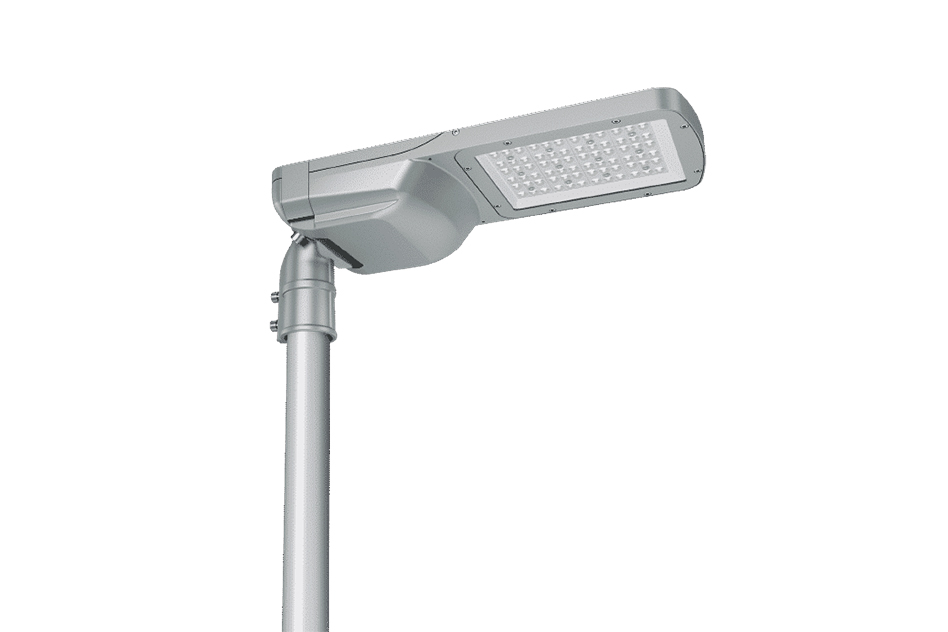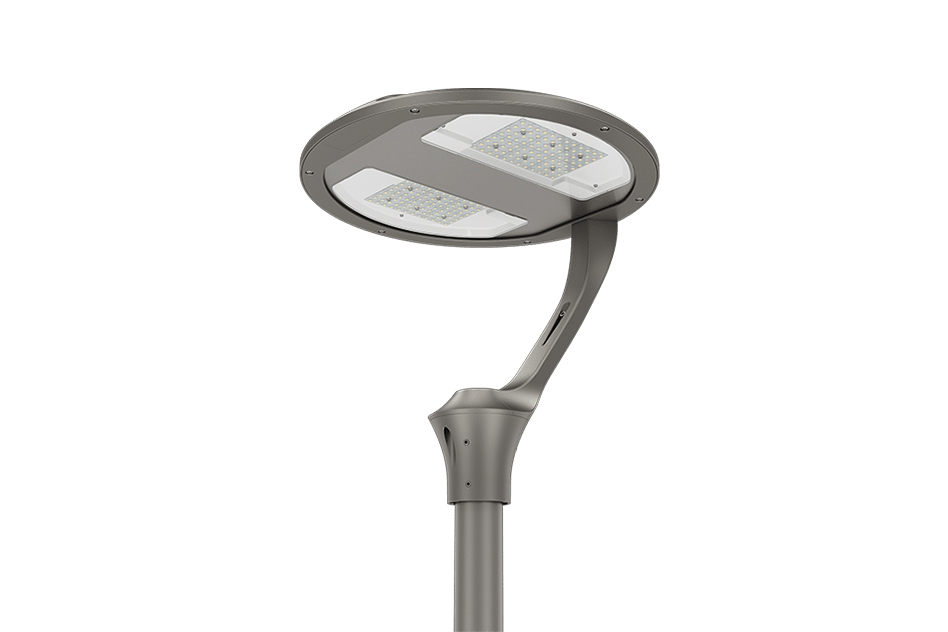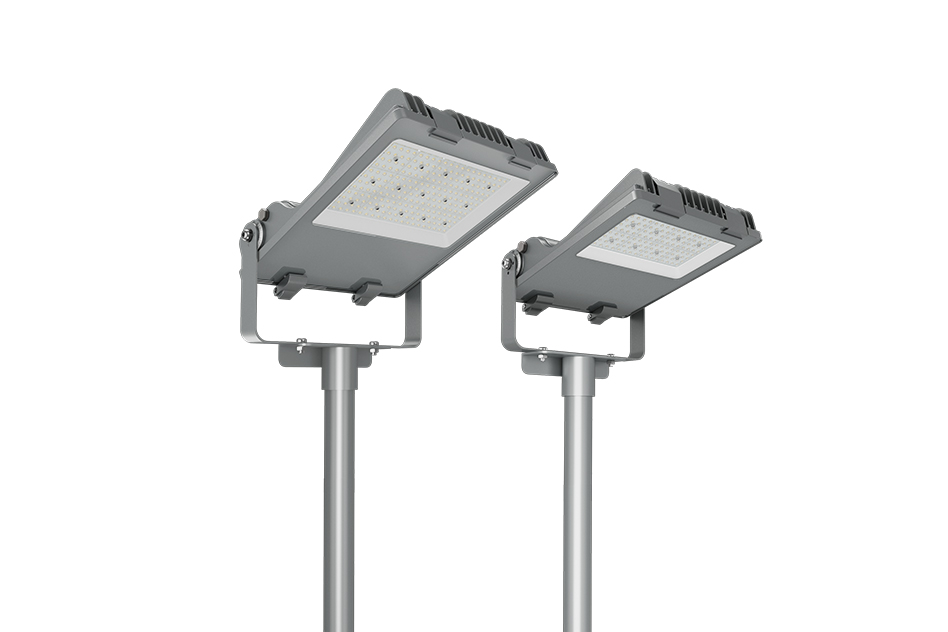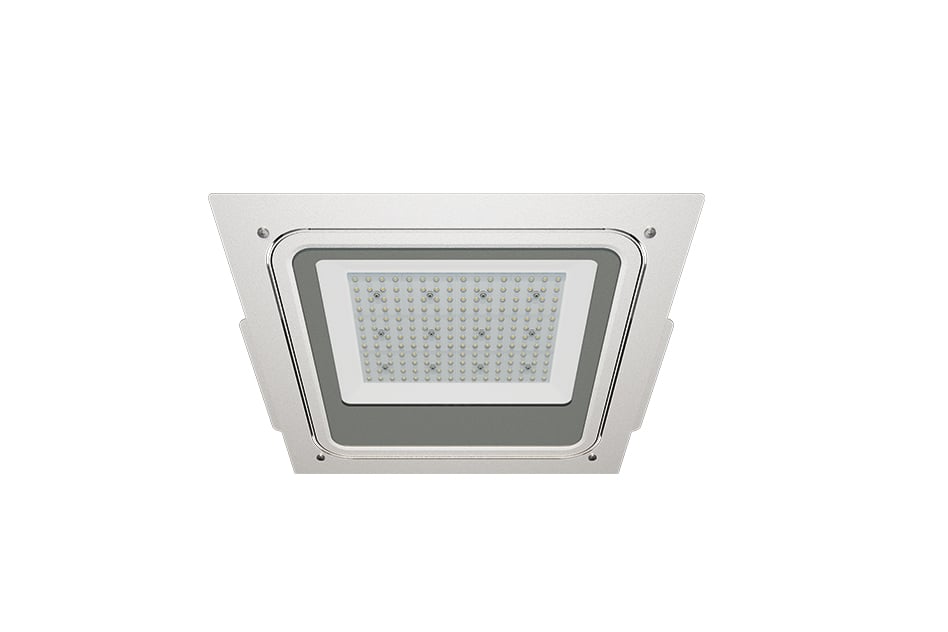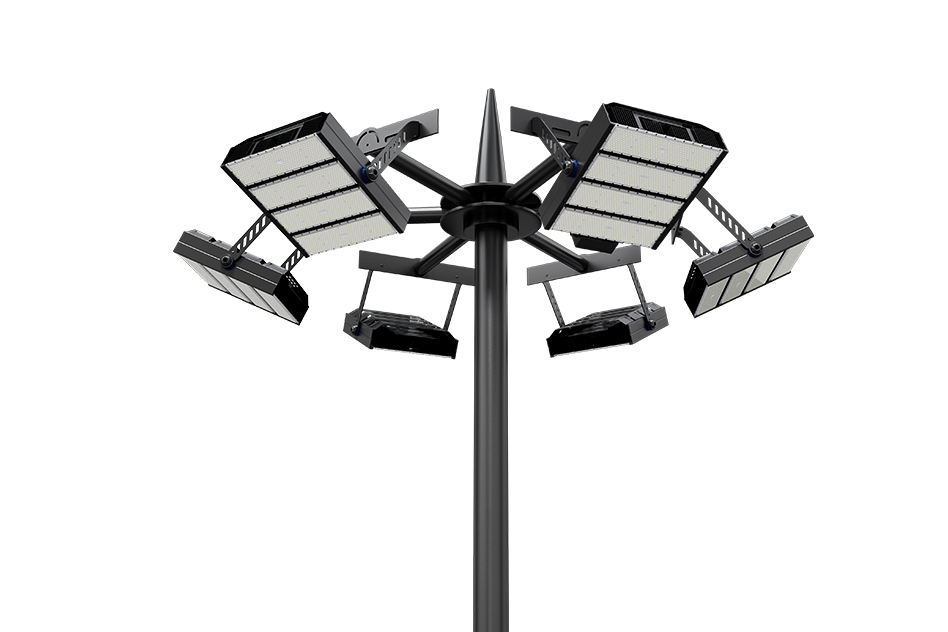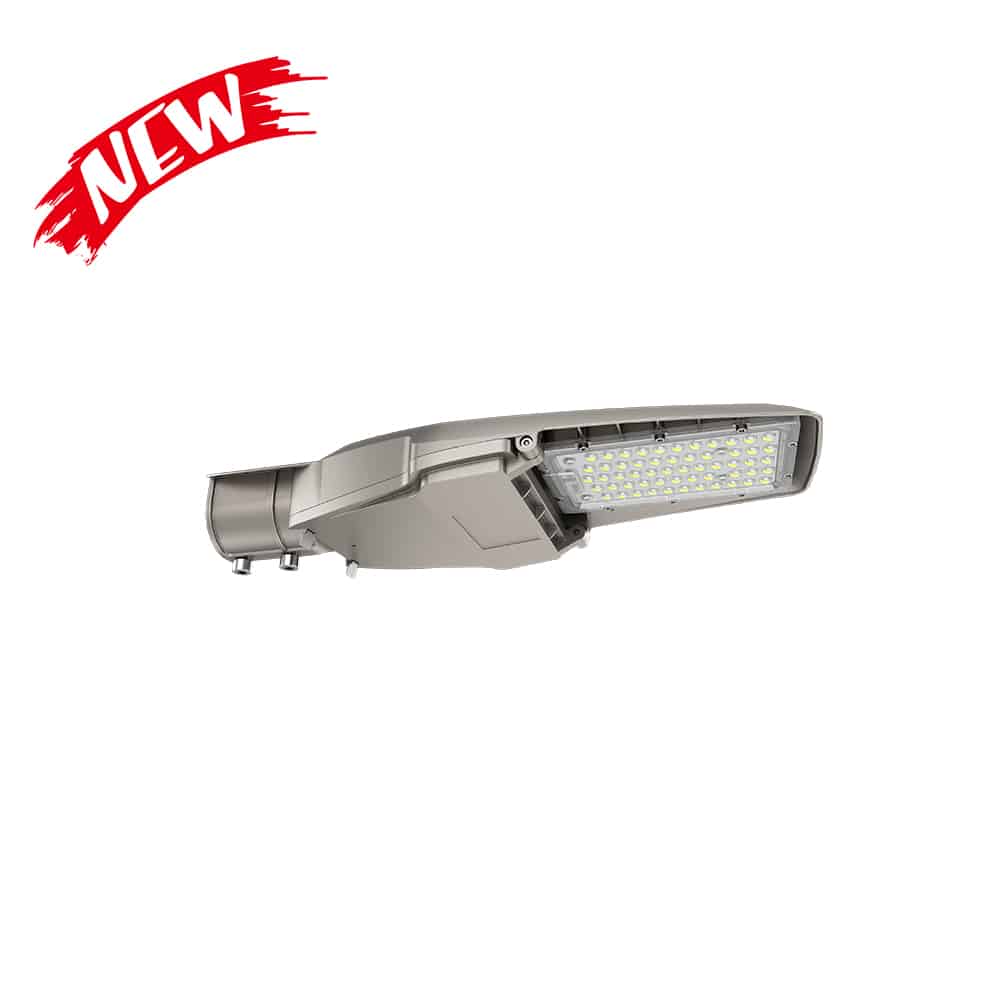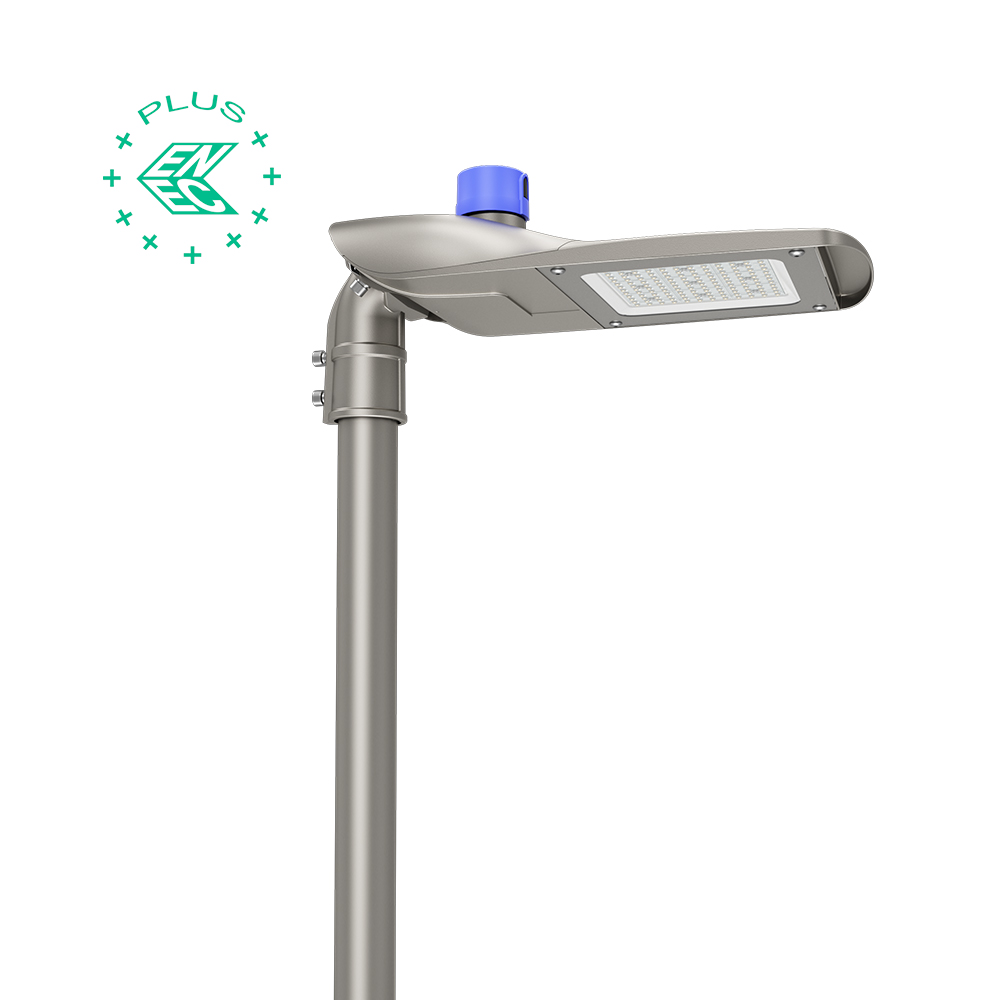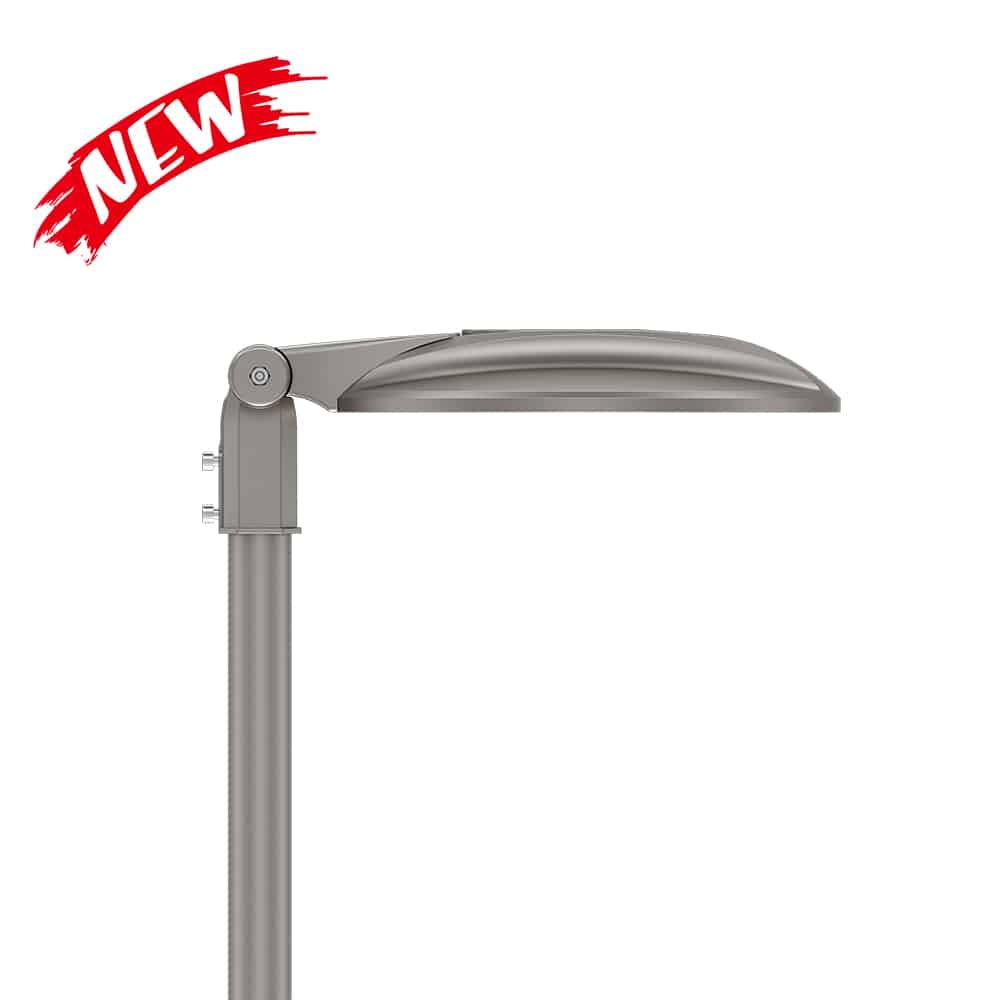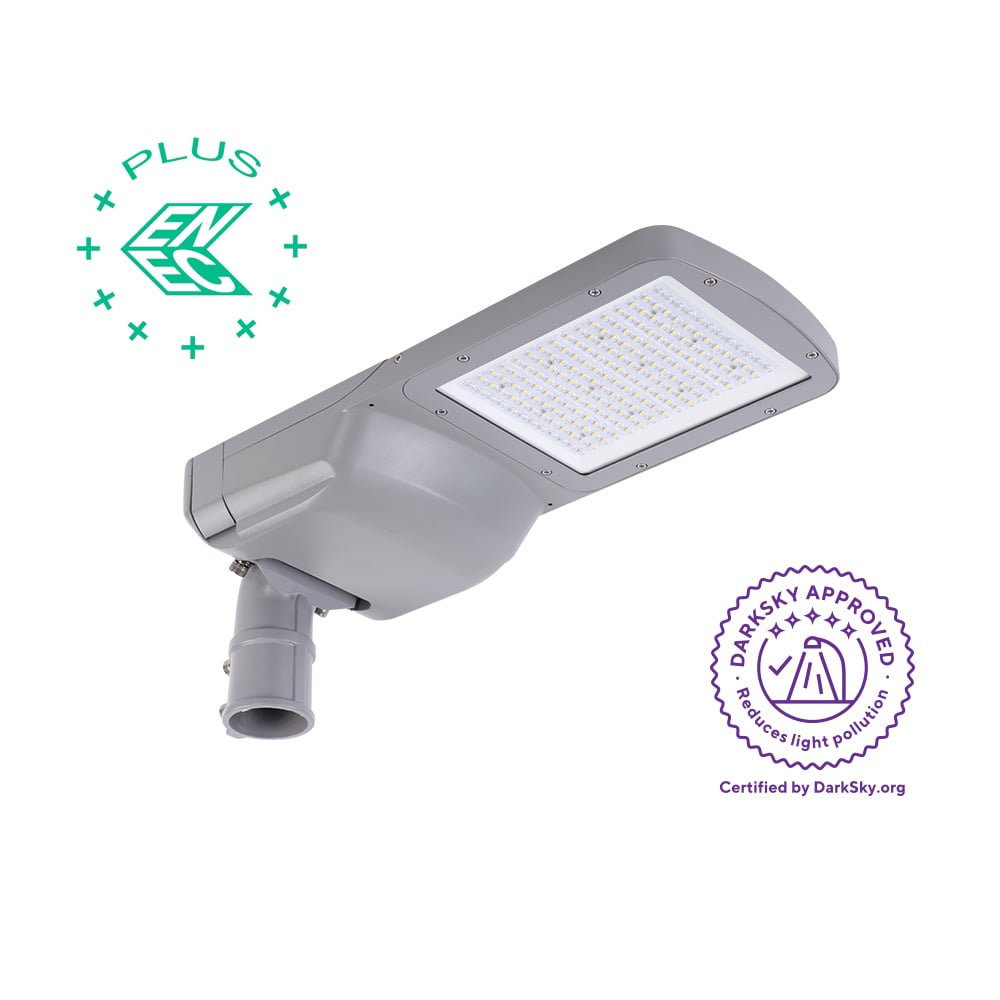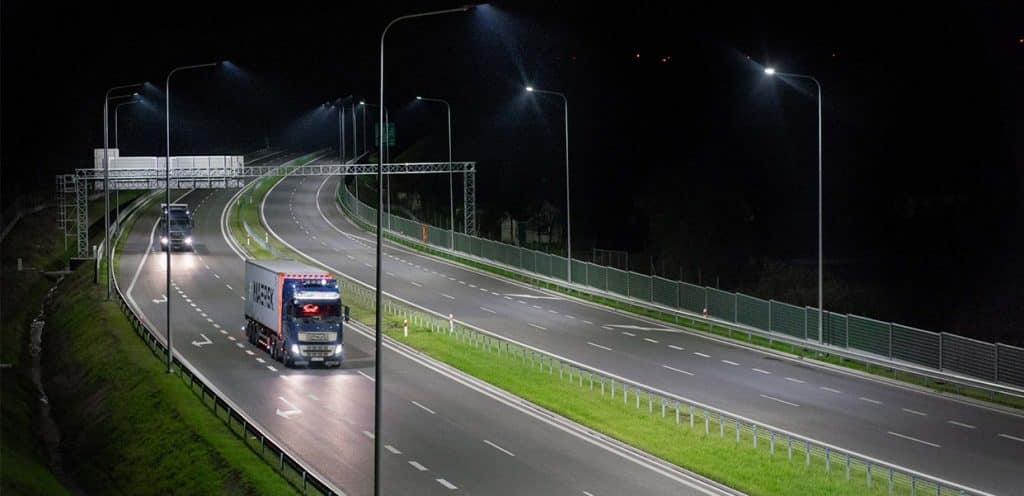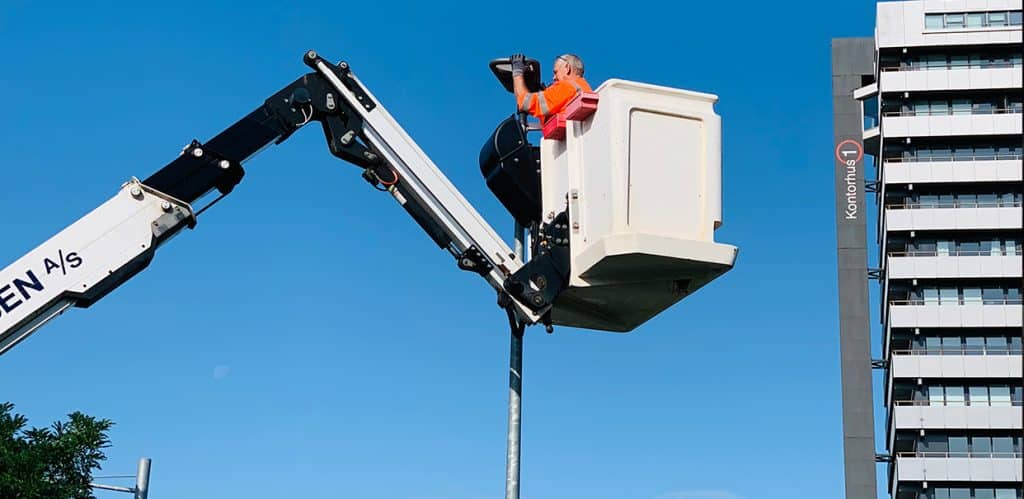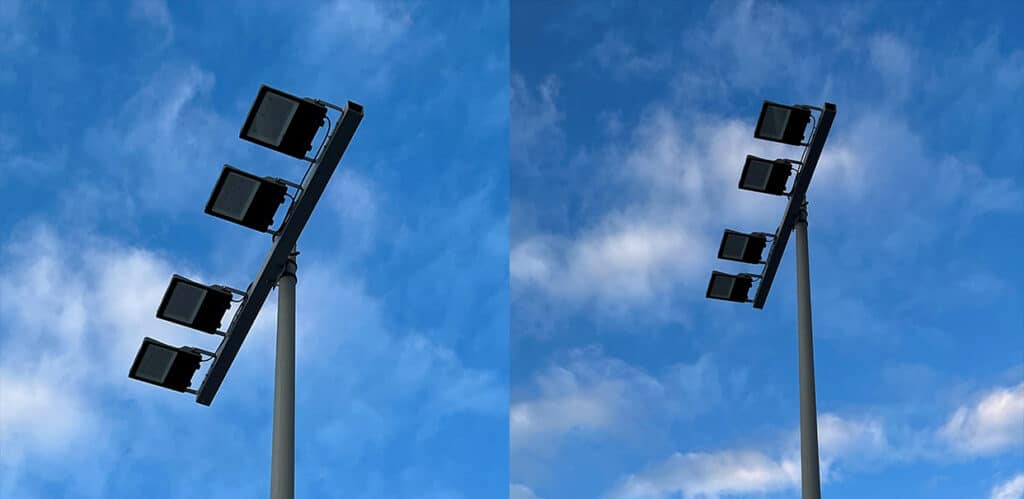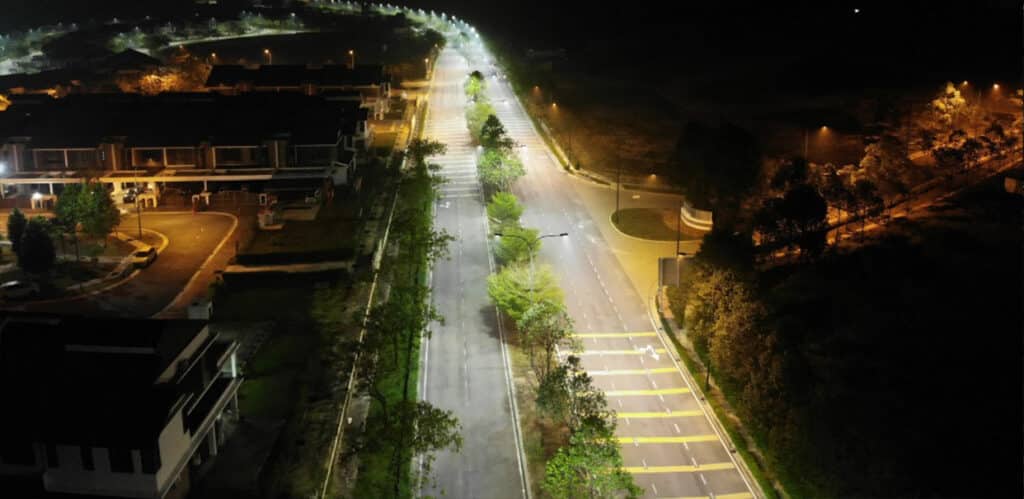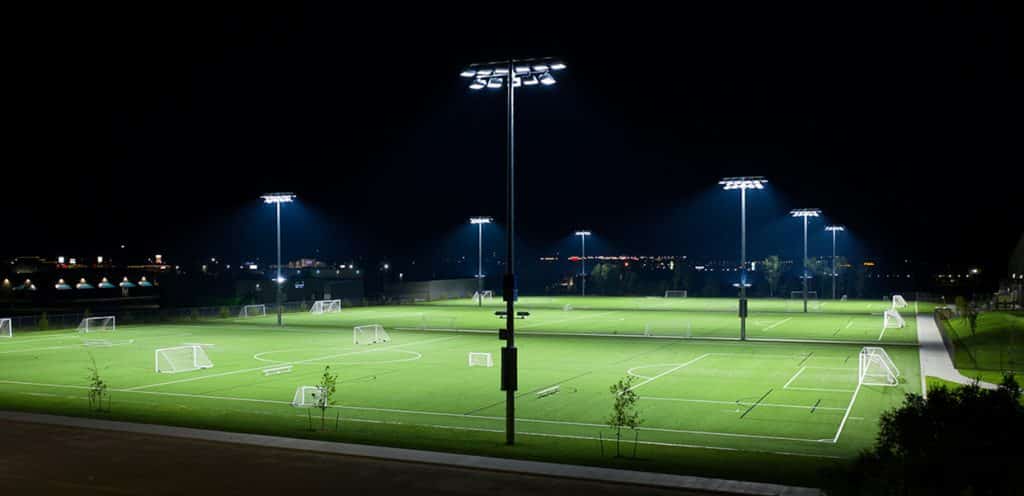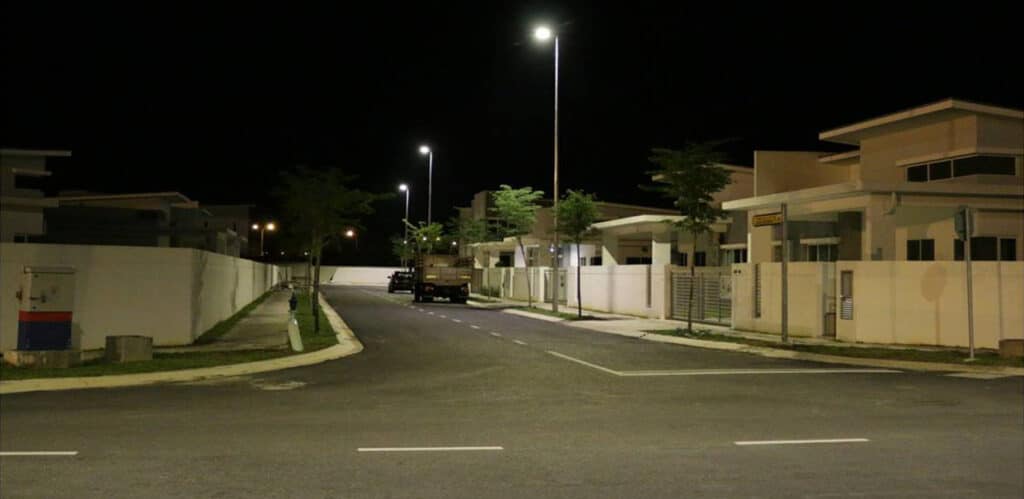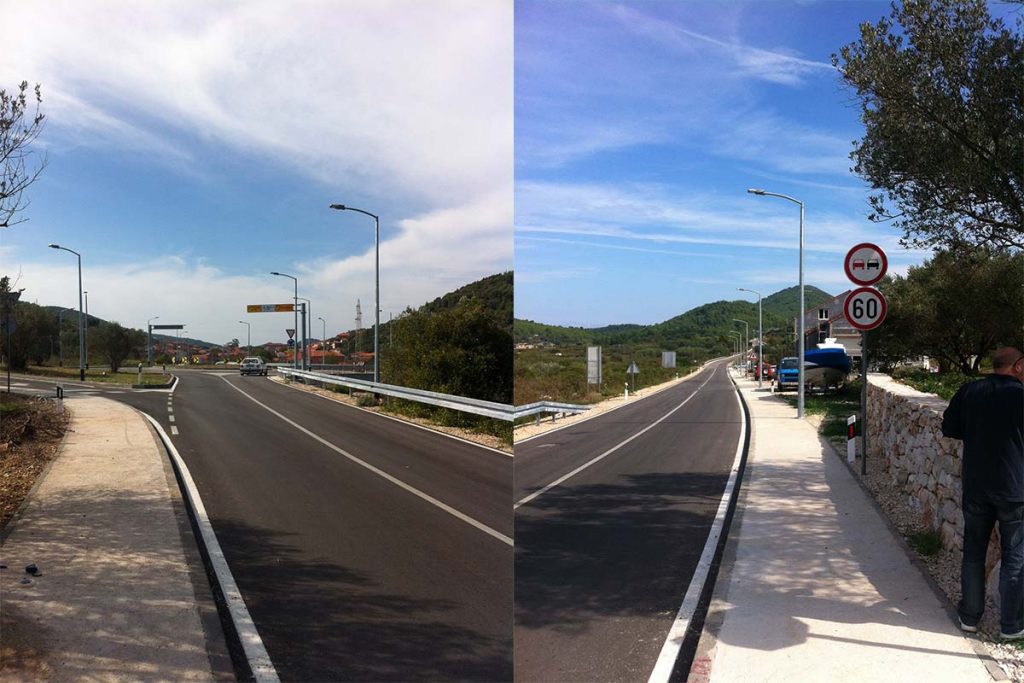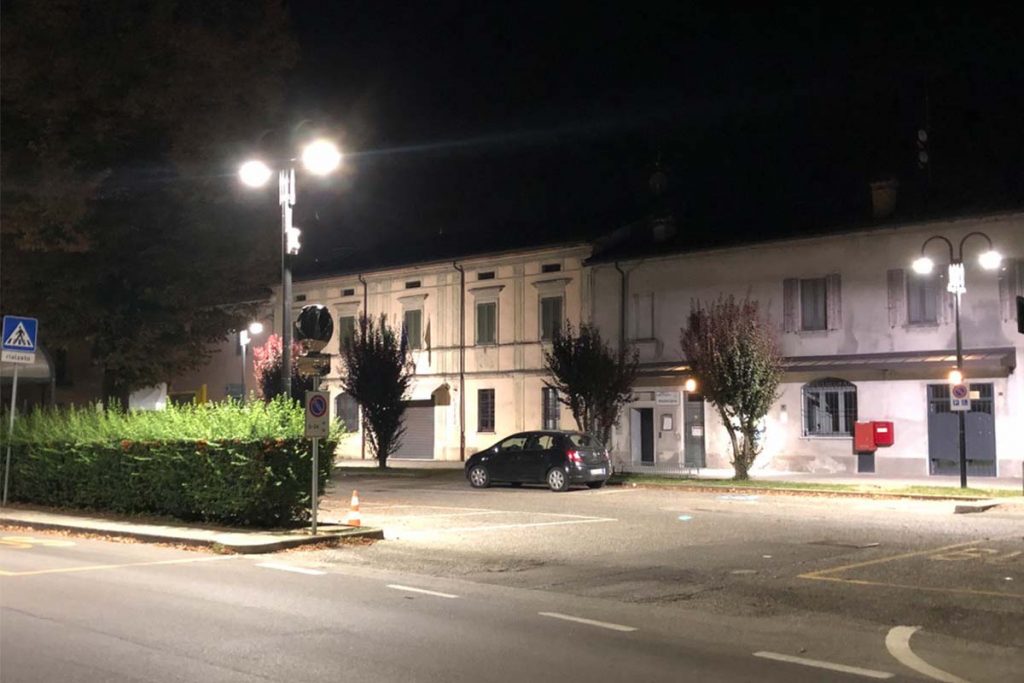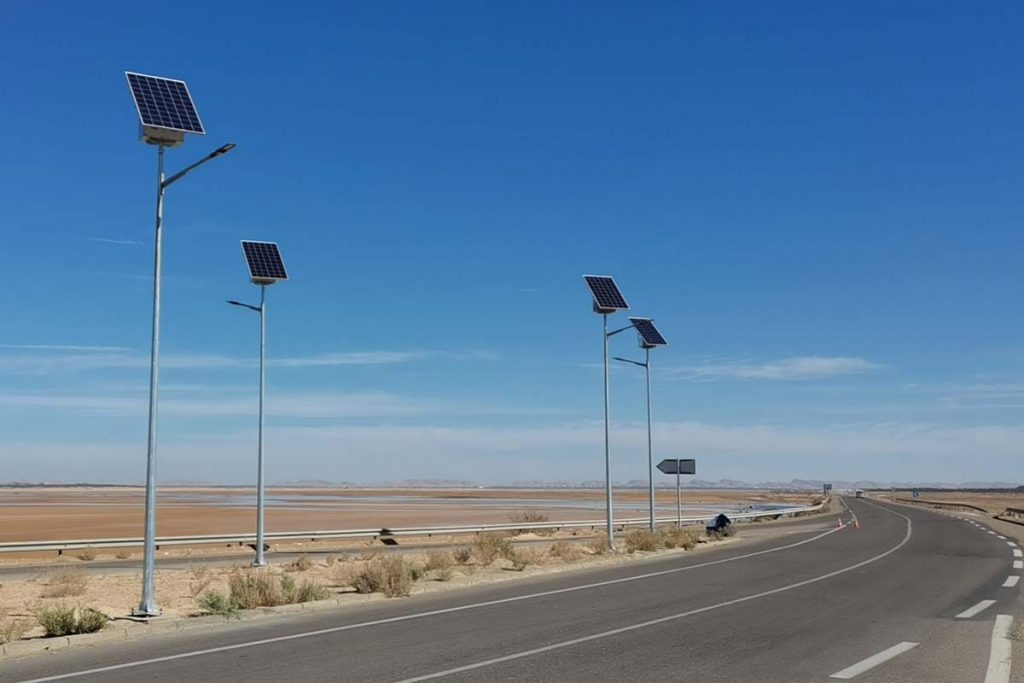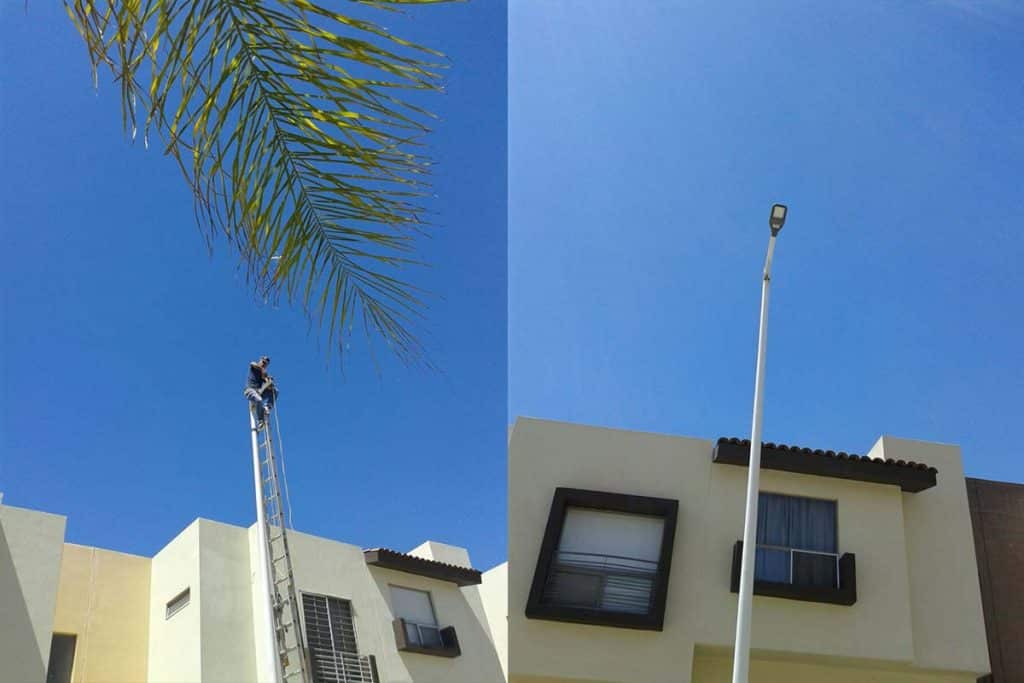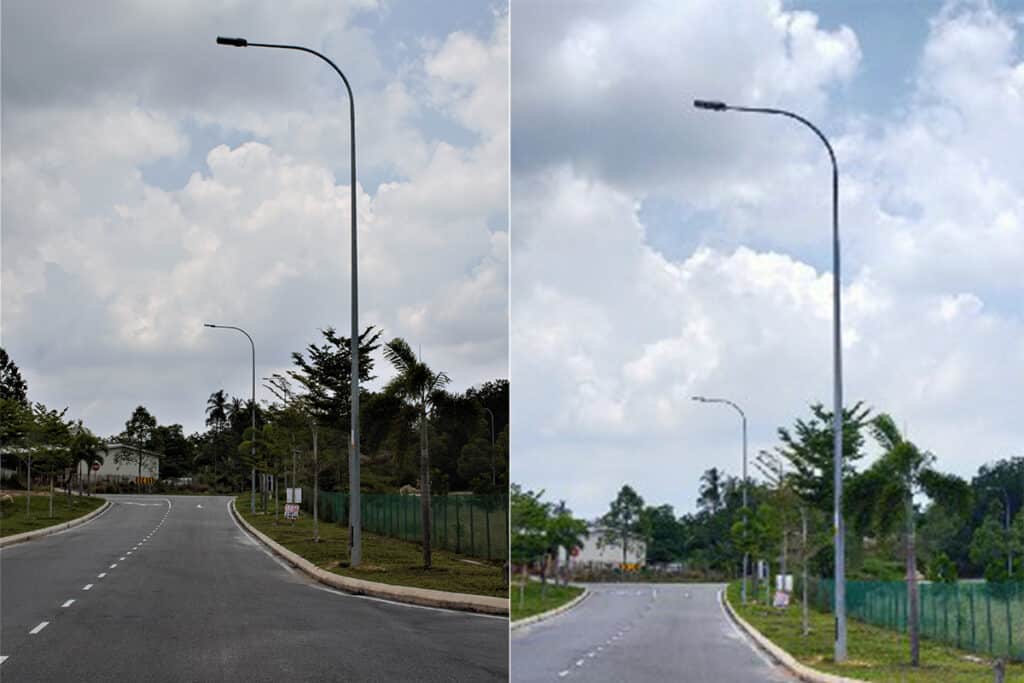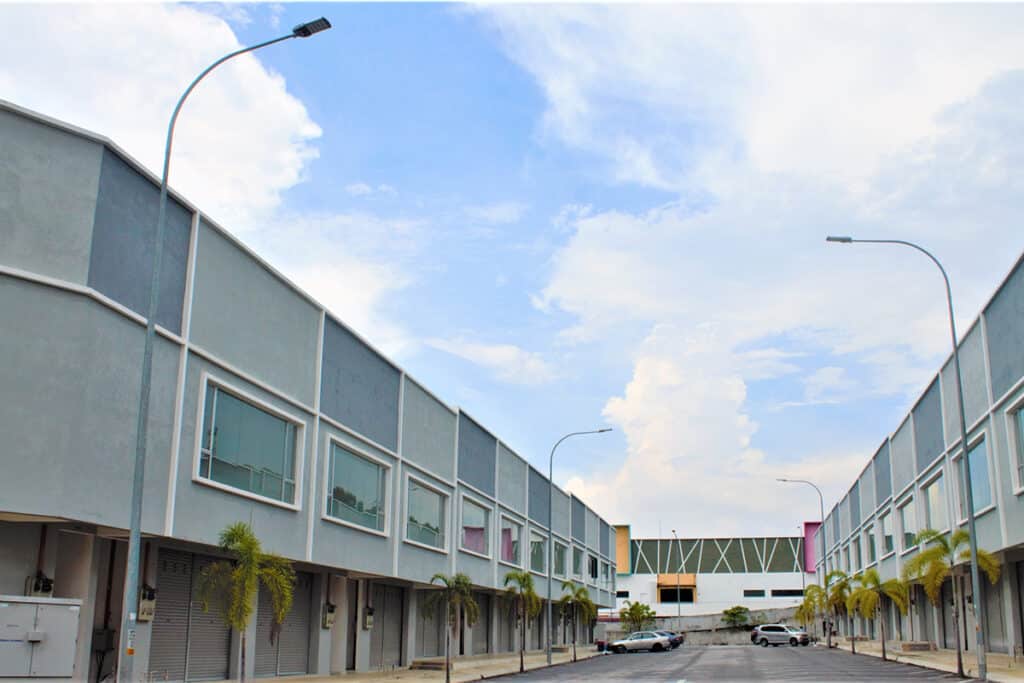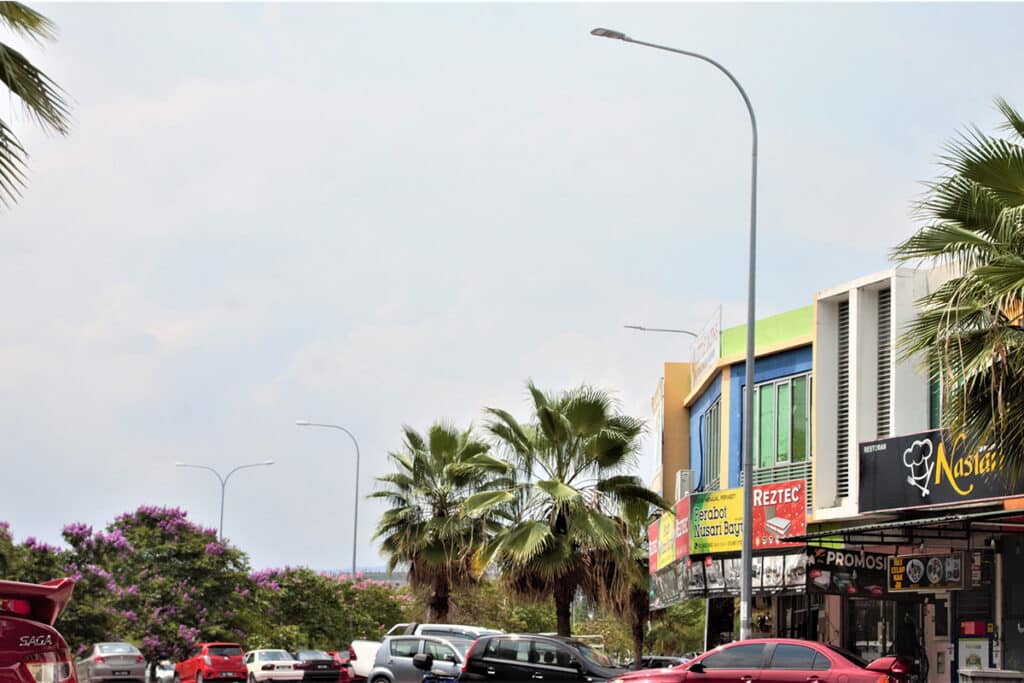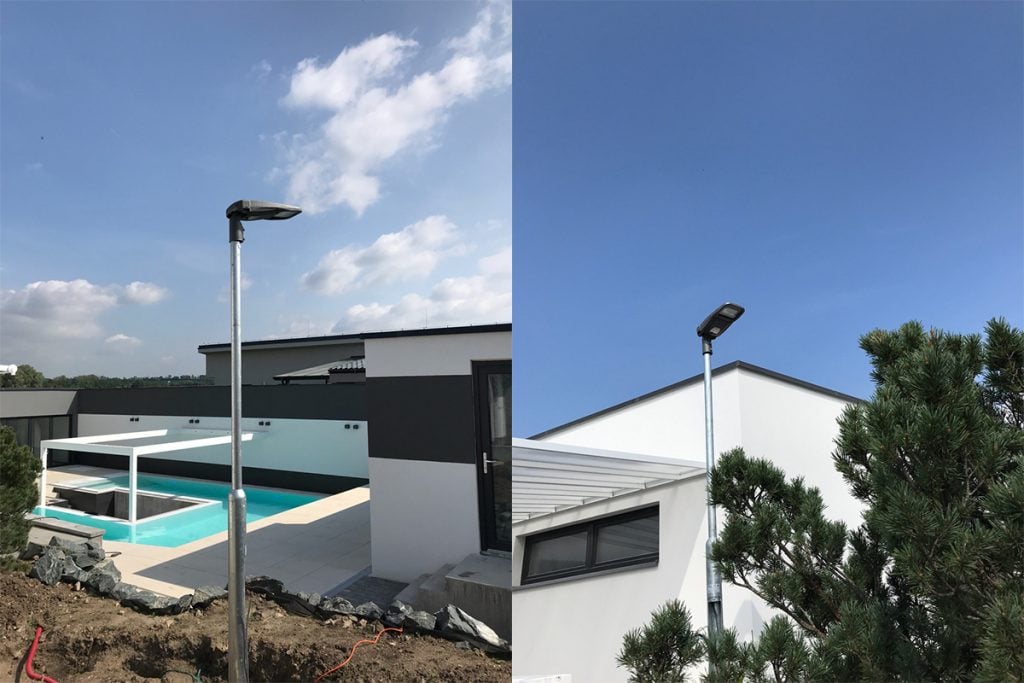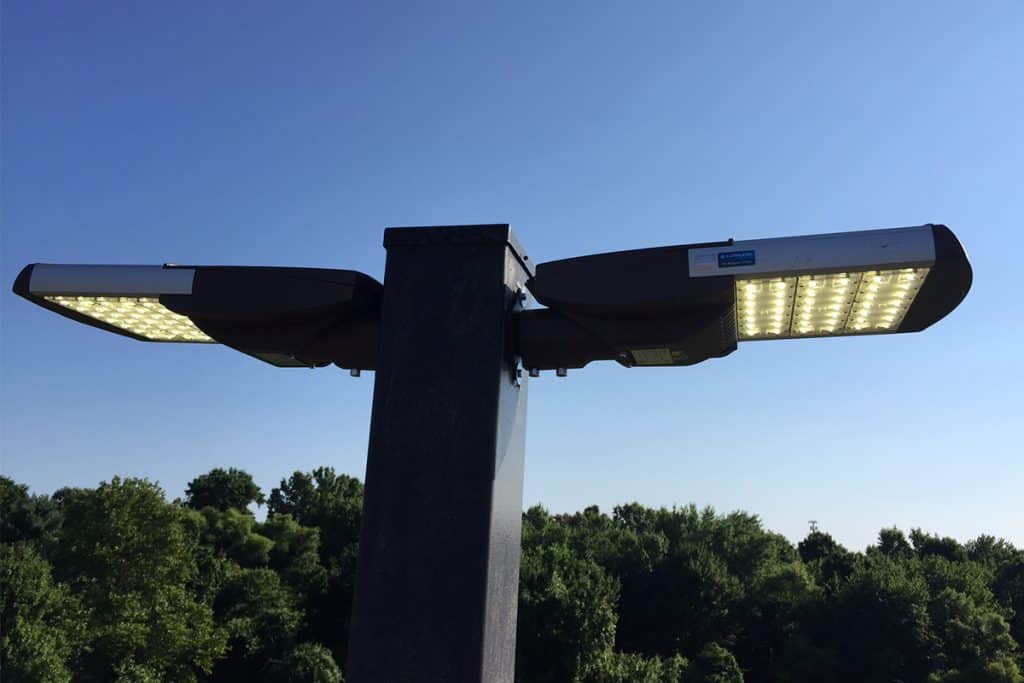ZGSM Falcon series ENEC+ street light – a symbol for LED lighting performance
ZGSM Falcon series ENEC+ street light – a symbol for LED lighting performance
ZGSM Falcon series ENEC+ street light
When we are looking for road, office or industrial lighting, one of the key factors we consider is safety and performance. For safety, this is what ENEC mainly focuses on. Once a manufacturer obtains ENEC certification, it is under continuous supervision, which means that its products must be inspected regularly to ensure that it meets the certification requirements. While ENEC+ certification is a test of product performance and reliability. In April of this year, our Falcon series street light ( Please review case studies of LED light street. ) was honored to pass the ENEC+ certification. We will also use this article to tell our customers how they benefit from ENEC+ street light.
What’s ENEC plus?
ENEC certification mainly focuses on basic electrical safety and mechanical safety requirements (including protection against electric shock, insulation strength, over-current protection, structural strength, mechanical protection, temperature rise testing, etc.), while ENEC+ certification adds detailed performance testing for LED lamps and other lighting products on this basis. According to ENEC’s official website, we can know that in order to qualify for ENEC+ certification, products must get the ENEC safety mark firstly. We can understand that a product without safety will have no performance. In ENEC laboratories or third-party accredited laboratories, we need to measure the specific performance of products such as luminous efficiency, luminous flux and lifespan according to relevant standards (EN 62717, EN 62722-1 and EN 62722-2-1). ENEC+ certification provides a more rigorous and comprehensive assessment. Therefore, if you need to ensure that LED lamps are tested in terms of luminous efficiency, luminous flux, light distribution, power parameters and lifespan, etc. Then they will verify whether the product complies with ENEC+ standards. Products that comply with ENEC+ certification are listed in the public database at www.enecplus.eu for easy search by users.
The ENEC PLUS mark confirms the reliability of the functional parameters specified by the manufacturer and declared when the product is placed on the market. Parameters that need to be considered during certification include: durability, light efficiency, light distribution, input current and voltage of power supply, wattage, luminous flux, color temperature, color rendering index, and also the lamp performances at different temperatures and voltages. ENEC+ certification further confirms whether the lamp meets the claimed performance and the following is the detailed test content of each parameter.
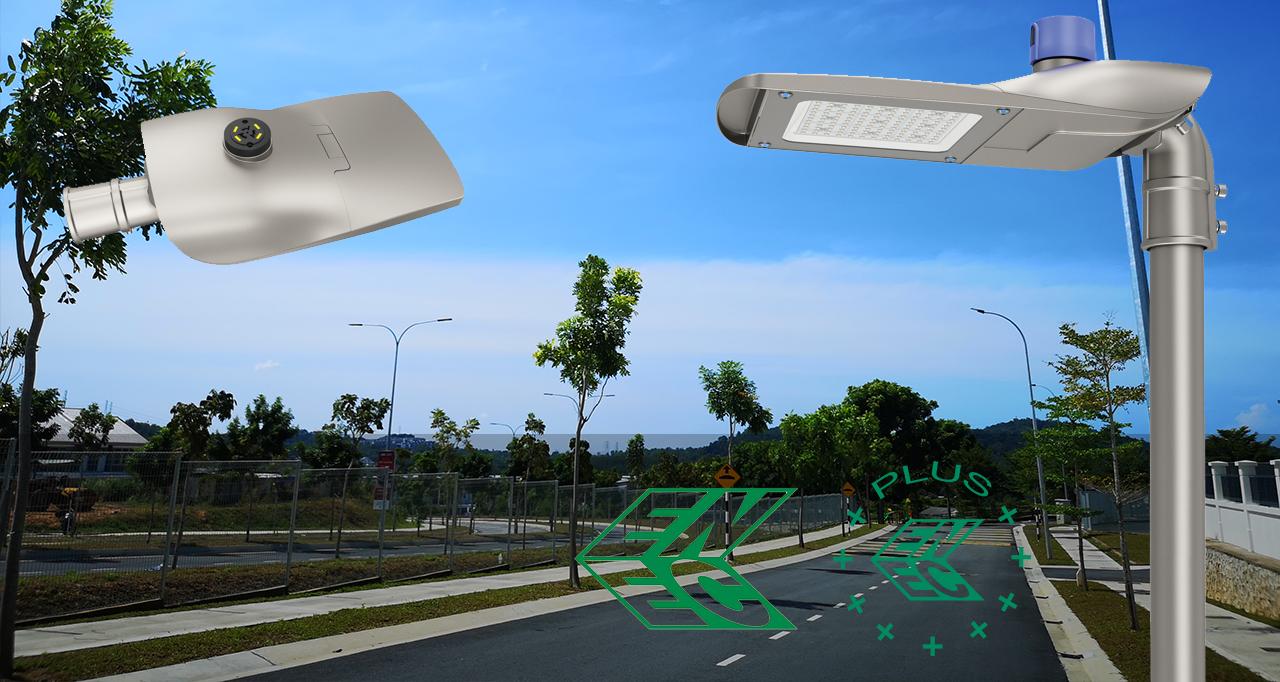
1. Luminous flux and luminous efficacy: ENEC+ certification confirms the luminous efficacy of the lamp to prove its high luminous efficiency. At the same time, this certification verifies whether the luminous flux of the lamp meets the declared luminous flux, which is crucial for evaluating the lighting result of the lamp (brightness and illuminance) in application.
2. Light output maintenance: ENEC+ certification evaluates the luminous flux maintenance of lamps between 1000-6000hrs to prove the continuity of lighting. In addition, it also evaluates the performance test of the lamps at different temperatures (nominal operating temperature), as well as maximum temperature (nominal maximum temperature +10K) and different operating voltages. These tests include temperature cycling measurement (Test 2 with 1 K/min), supply voltage switching measurement and accelerated operation life test measurement.
3. Light distribution: LED lamps provide efficient and uniform lighting through reasonable light distribution. In public lighting, it is very important to control the distribution of light, which allows the lamps to illuminate the corresponding area evenly and effectively at a lower wattage. ENEC+ needs to test the light distribution of the luminaire to prove that its light distribution is reasonable.
4. Other tests: ENEC+ also tests the luminaire’s wattage, correlated color temperature, color tolerance, input voltage, input current, beam angle, color rendering index, etc. to verify whether these parameters comply with the manufacturer’s claims.
Why the LED lights need ENEC+?
ENEC+ certification verifies that the initial performance of LED luminaires meets the claims and evaluates the performance stability of the product. These provide an objective basis for fair comparison and competition of lighting products.
ENEC+ certification can significantly reduce the cost of comparing and verifying individual parameters. Associated units do not need to conduct repeated testing according to the various requirements for lamps in the tender. By checking the ENEC+ report, we can know whether the performance of LED lamps and LED modules meets the corresponding requirements.
ENEC+ provides a complete database for interested parties to query, further simplifying the process and reducing costs. In addition, the public database also facilitates users to find products that meet their requirements, providing users with convenience.
ENEC+ certification keeps pace with the times. As technology advances and standards are updated, ENEC+ certification will be adjusted at any time and new performance will be tested, making ENEC+ certification able to withstand the test of the future.
The performance of ZGSM ENEC+ Falcon street light
After months of testing, the Falcon series street lights finally passed ENEC+ certification in April this year. We will list the test results of these laboratories for your reference. The data is mainly divided into four parts, namely basic parameters, durability, light distribution and other lighting performance(CRI, CCT and SDCM). We will explain one by one below.
Basic parameters
We have listed some basic parameters of Falcon in the following table, including wattage, light efficiency, luminous flux, PF, input voltage and input current, etc. By checking these basic parameters, we can roughly know whether these lamps can meet the lighting effect requirements of the project.
| Table 1 | Initial value test data | ||||||
| Model | ZGSM-ST19- 030SII-0 | ZGSM-ST19- 050SII-0 | ZGSM-ST19- 060SII-0 | ZGSM-ST19- 080MII-0 | ZGSM-ST19- 100LII-0 | ZGSM-ST19- 150LII- 0 | ZGSM-ST19- 200XLII- 0 |
| Input voltage (V) | 230 | 230 | 230 | 230 | 230 | 230 | 230 |
| Input current (A) | 0.133 | 0.221 | 0.268 | 0.356 | 0.443 | 0.651 | 0.862 |
| Input power (W) | 30.08 | 50.04 | 60.24 | 80.89 | 100.6 | 147.8 | 195.7 |
| PF | 0.983 | 0.9863 | 0.9776 | 0.9871 | 0.9869 | 0.9866 | 0.9871 |
| Initial luminous flux (lm) | 4713 | 7608 | 9128 | 12519 | 16478 | 22903 | 29928 |
| Luminous efficacy (lm/W) | 157 | 152 | 152 | 155 | 164 | 155 | 153 |
Durability
In ENEC+ certification, the durability test of lamps includes lumen maintenance test (lifetime test), temperature cycling measurement, supply voltage switching(the number of tests is half of the lifetime) and accelerated operation life test(accelerated test), Below we only list the contents of the switching cycle test, which tests whether the performance of the lamp is normal after 15,000 switches and its lumen maintenance factor.
| Table 2 | Switching cycle test | ||||||
| Model | ZGSM-ST19- 030SII-0 | ZGSM-ST19- 050SII-0 | ZGSM-ST19- 060SII-0 | ZGSM-ST19- 080MII-0 | ZGSM-ST19- 100LII-0 | ZGSM-ST19- 150LII- 0 | ZGSM-ST19- 200XLII- 0 |
| Measured switching cycles | 15000 | 15000 | 15000 | 15000 | 15000 | 15000 | 15000 |
| Input voltage (V) | 230 | 230 | 230 | 230 | 230 | 230 | 230 |
| Input current (mA) | 0.133 | 0.221 | 0.268 | 0.356 | 0.443 | 0.651 | 0.862 |
| Input power (W) | 30.08 | 50.04 | 60.24 | 80.89 | 100.6 | 147.8 | 195.7 |
| Lumen maintenance after the test | 107% | 107% | 107% | 107% | 109% | 108% | 108% |
Light distribution and light intensity
Light distribution and light intensity are important parameters that need to be considered in practical applications of LED lamps. They are related to whether the lighting simulation can meet the design requirements and whether the lighting effects (illuminance, brightness, uniformity and glare, etc.) in actual applications are reasonable. etc. Light distribution describes the distribution of light emitted by a lamp in space. It is usually represented by a photometric distribution curve or polar coordinate diagram, which can reflect the light intensity of the light emitted by the lamp in all directions. Such as the lateral light distribution and vertical light distribution of street lamps. If you want to know more, you can refer to the blog – light distribution.
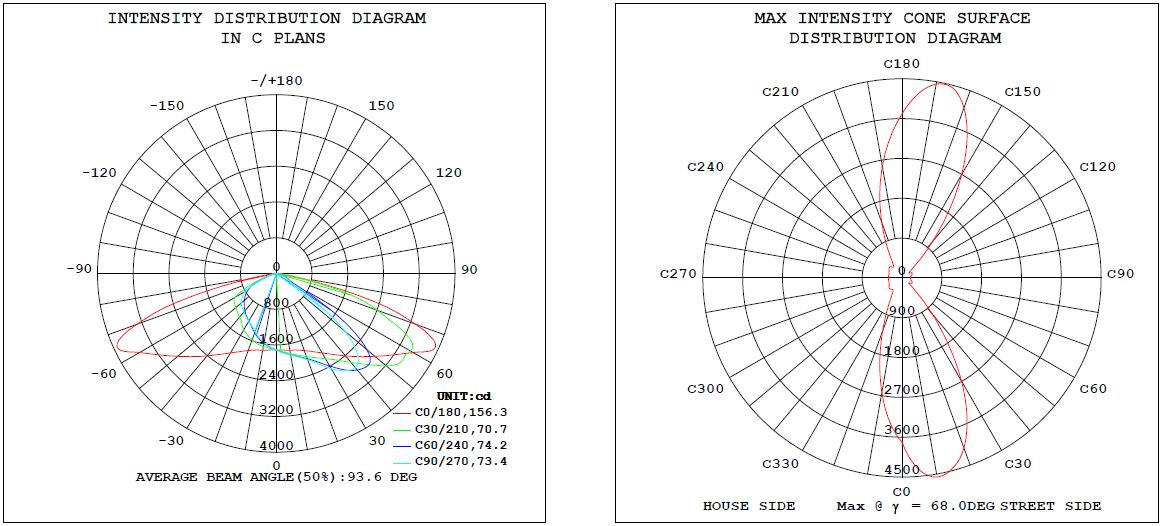
Other lighting performance(CRI, CCT and SDCM)
ENEC+ tests correlated color temperature, color rendering index and color tolerance. At present, many road projects have clear requirements for correlated color temperature and color rendering index. For example, the color temperature is required to be 3000K and CRI70. In this way, our Falcon street lights can meet these requirements. In addition, color tolerance is a measure of the color consistency of a light source and is used to describe the difference in color between multiple light sources. Many projects require color tolerance SDCM<5 steps. From the table below, we can find that the Falcon 50W SDCM value is 4.0, which means it meets the project requirements.
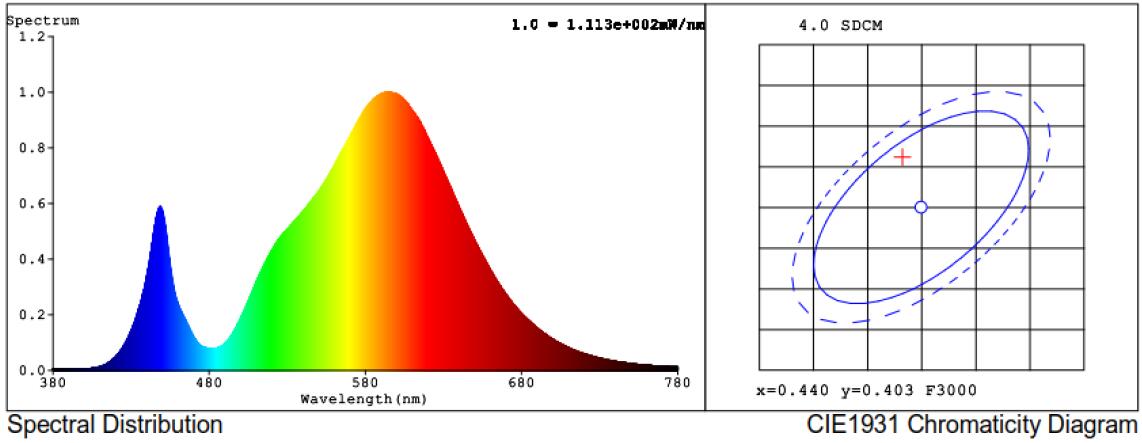
More products of ZGSM lighting
In addition to Falcon street light, ZGSM’s ( Street Light Manufacturers )other lamps such as Rifle also have ENEC+ certification to ensure that customers have more choices. Although ZGSM’s other lamps have not yet applied for ENEC+, a considerable number of these lamps have also undergone some individual tests, such as EN62717, EN62722, LM82, LM84, LM79, etc., which can also prove whether the performance of the lamps meets the standards or the related project requirements. The following is our product list. If you are interested, you can click on the picture for details.
Summary
Falcon street lights are specially designed to illuminate outdoor areas such as roads, streets, parks, parking lots, etc. The lamp housing is made of aluminum, equipped with a tempered glass cover and PC lens system, with protection levels of IP66 and IK10. In addition, the lamp is equipped with high-performance Lumileds LEDs chips and stable Inventronics LED driver. If you are interested in our Falcon street lights, you can contact us to get specifications or quotations. We are happy to provide ENEC+ reports for customers to verify the performance of our luminaires. Since there are many models of lamps, if you are not sure which model is suitable for your own project, we can also give suggestions(as per Dialux design) based on the requirements of the project such as lamp pole height, lamp pole spacing and lighting requirements. In addition, we also provide CB, ENEC, RoHS, LM80, LM79, LM82, LM84, TM21, IP/IK rating, salt spray test and other test reports to help customers win projects. Contact us for more information, now.
Related Products
Related Blogs
Related Cases
People also ask
Author introduction

Hello Customers,
My name is Taylor Gong, I’m the product manager of ZGSM Tech. I have been in the LED lights industry for more than 13 years. Good at lighting design, street light system configuration, and bidding technology support. Feel free to contact us. I’m happy to provide you with the best service and products.
Email: [email protected] | WhatsApp: +8615068758483

